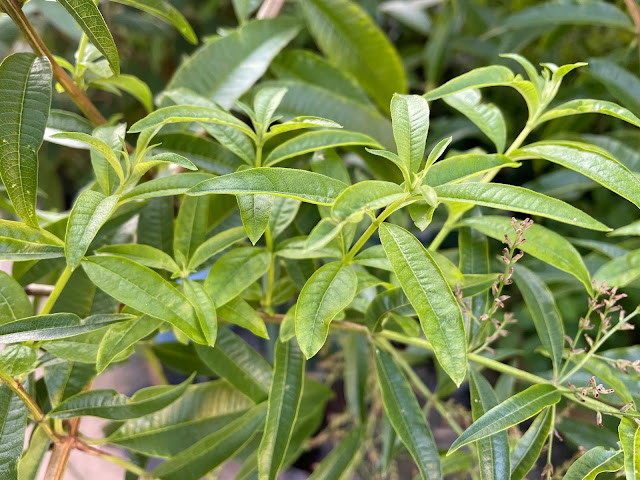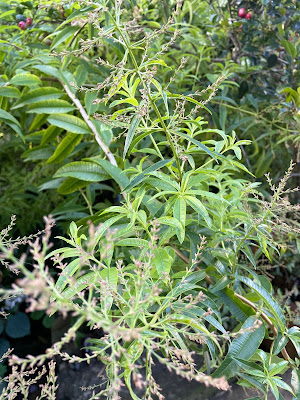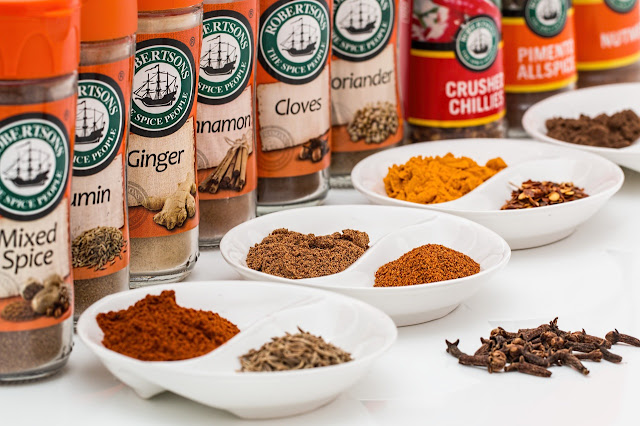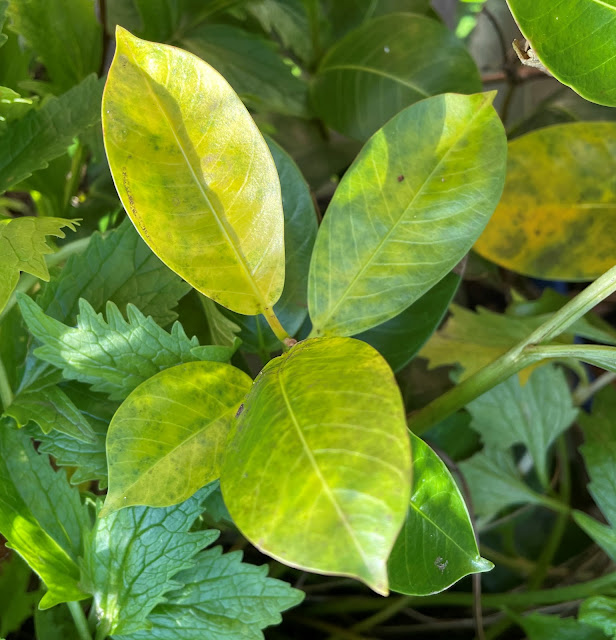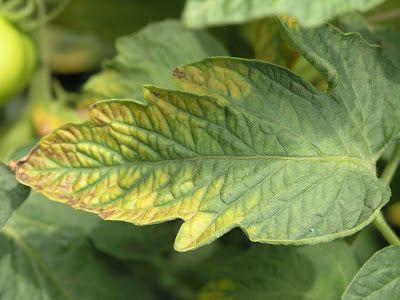PLANT HEALTH
Plant Nutrition Deficiencies: Macro Nutrient Nitrogen
The 'Plant health' segment was created for my radio show "Real World Gardener,' as a division of the 'Plant doctor' segment, because I felt that it’s important to focus on what can go wrong with plants that isn’t a pest or a disease.
In the following audio podcasts, you will hear about what to look for in plants that have deficiencies of one of the macro nutrients: Nitrogen:Phosphorus:Potassium; in other words NPK or the macro nutrients.
Gardeners can often see problems appearing first in the colour of the leaves, but this can also be followed closely by lack of vigour, stunted growth and general unthriftiness of the plant.
The key to diagnosing problems, however isn't just looking at the colour of the leaves but it's knowing your soil type and soil pH.
Yes, I know, we do go on about soil pH but that often underlies the reason behind your plants' problems.
The other underlying problem may be insufficient drainage which causes waterlogging of the soil.
That said, we will assume that you soil pH is around 6.5 - 7 but your still seeing issues that are showing up in the leaves. So what next?
Macro Nutrient Nitrogen
Nitrogen is one of the three big nutrients or macro nutrients that plants need.
Nitrogen is responsible for leaf growth and blossom formation.
First Symptoms: Oldest leaves start to appear pale first, yellowing at the leaf tips then eventually the whole leaf will turn yellow.
Quick Fix: Soluble fertiliser high in nitrogen.
Results should appear in a few days.
Long term fix: Blood n' Bone and/or controlled release fertilisers.
Nitrogen on it’s own can be useful for quick greening of lawns and leafy plants like ferns in pots when the potting mix is depleted of any nutrients.
Listen to the podcast: I'm talking with Kylie Last horticulturist and tafe teacher.
Plant Nutrition Deficiencies:Phosporus and Potassium
We have talked bout the role nitrogen played in played health and what to look for if a plant was deficient in one of the major nutrients, being Nitrogen.
- In fact there are three major nutrients which are classified as NPK ratio on the back of all fertilisers. So in this part of the blog, we carry on with the two other major or macro nutrients.
Let's look at phosphorus deficiency
Phosphorus is responsible for the development of flowers and fruits and roots.
- Phosporus is known as a mobile nutrient which can move around the plant to where it's needed.
- Phosphorus deficiency happens more often in cold weather or gardens receive high rainfall, or a combination of both.
- Often affects heavily fruiting plants such as citrus.
- N..B. native plants are highly sensitive to phosphorus, so avoid spreading phosphate fertilisers near these plants.
First Symptoms: Older leaves become quite a dark green then develop a purplish tinge.
Tips will then dry off. Not to be confused with lack of watering especially in pot plants where leaves can also develop dry tips.
Overall growth is affected in the long term resulting in smaller leaves and stunted growth.
Quick Fix: Fertiliser high in phosphate either solid or liquid.
Long term fix: Blood n' Bone and/or controlled release fertilisers.
Let's look at potassium deficiency
Potassium is responsible for thickening of cell walls, and also responsible for plant growth. Potassium deficiency are more evident in flowering or ornamental plants. Potassium deficiency often is a pH issue in the soil.
First Symptoms: Older leaves become brown and dry on the upper surface, with leaf edges puckering slightly.
As the deficiency progresses, the leaves darken in colour between the veins.
Flower stalks become thin and spindly and may be quite short.
Fruits may fail to develop full colour and flavour.
Quick Fix: Fertiliser high in potassium either solid or liquid, such as sulphate of potash.
Long term fix: Blood n' Bone and/or controlled release fertilisers.
Listen to the podcast: I'm talking with Kylie Last horticulturist and tafe teacher.
I would recommend becoming familiar with the NPK ration on fertilisers, whether organic or not to see if you’re applying the right sort for your plants.
For example, fertilisers that promote flowering and fruiting have higher ratios of potassium than those that are just for general purpose fertilising.
If you have any questions you can email us
Realworldgardener@gmail.com or write in to 2rrr, PO Box 644 Gladesville NSW 1675.
